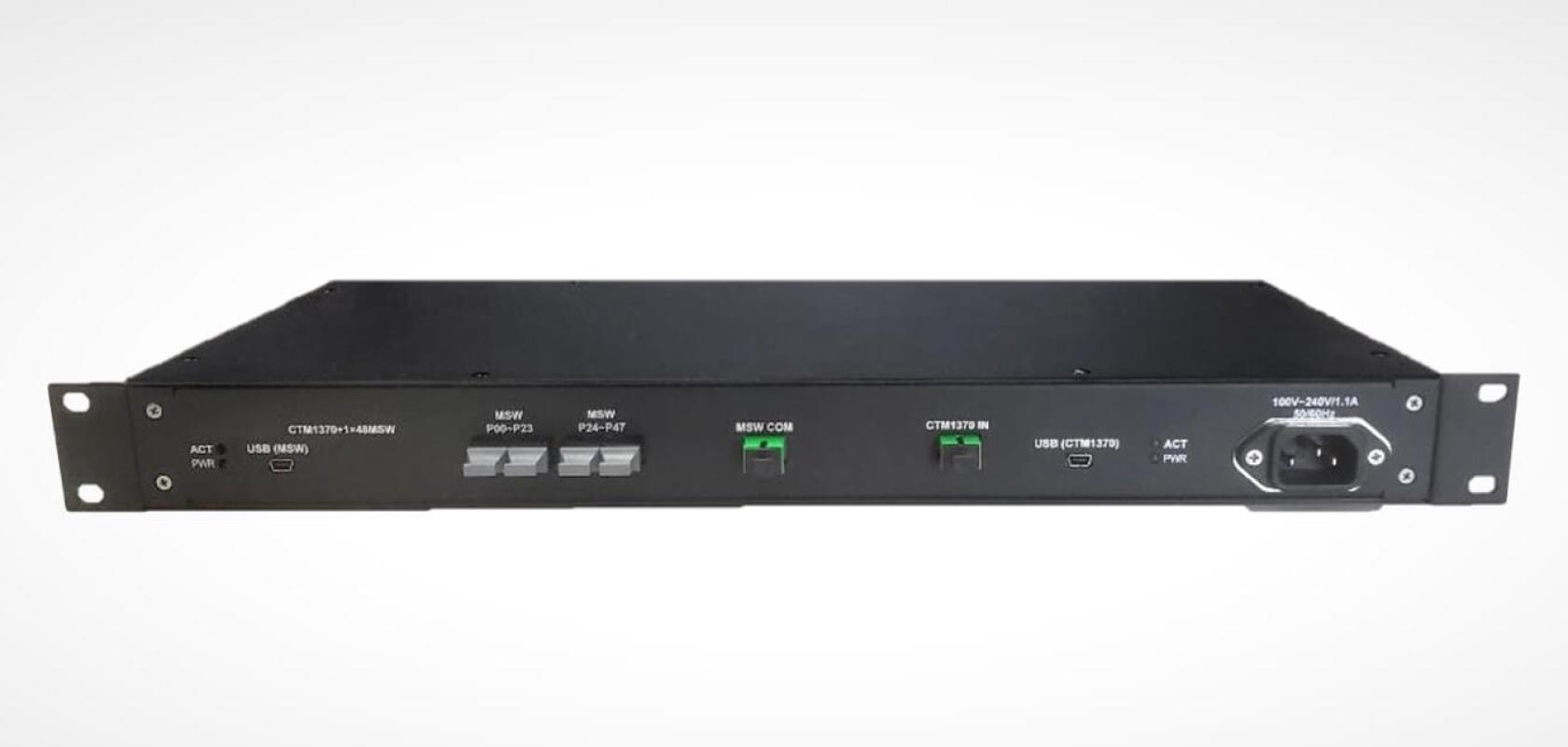II‐VI has announced the introduction of an optical monitoring system (OMS) for optical transport and access networks.
The growing trends of equipment disaggregation at the network core and fibre densification at the network edge are driving the demand for unified optical monitoring solutions that enable high quality of service end-to-end. II-VI’s OMS enables service providers to obtain real-time critical information about the health or disruption of optical transport and access networks, including the integrity of fibre cables, the quality of optical connectors, and the signal strength of optical channels.
The OMS can be integrated into the network by simply plugging it into the existing optical test ports, enabling service providers to overlay a universal network-level monitoring solution without any service interruption. A single OMS can cycle through up to 48 monitoring ports, thanks to an embedded optical switch designed and manufactured for high reliability by II-VI. The OMS can be connected to cloud-based network management systems through a Gigabit Ethernet port, enabling service providers to leverage the power of artificial intelligence and machine learning to maximise the efficiency of network preventive maintenance and dynamic reconfiguration.
Speaking to Fibre Systems at the virtual OFC event, Sanjai Parthsarathi, II-VI chief marketing officer explained: 'This one is very special to me because the whole idea of optical channel monitoring was, when the industry started doing DWDM transmission and people put a bunch of channels on a single fibre, they needed to to know if those channels were still there in the fibre. What would typically happen is they would tap out a little bit of light and then monitor it. Then it kind of grew to optical performance monitors where you’re actually looking, not just at the power level but also where is the wavelength of these channels, so that is an area that we pioneered. Then, a few years ago, we really created a new market with OTDR, so that was used in embedded applications. Here we’re talking about whether a fibre plant is integrated and intact. You used to get a lot of OTDR instruments from a test and measurement perspective but nothing prior to that to use in the network to continuously monitor the health of the fibre plant, especially in data centres. What we have done with this launch, is we have combined those functionalities in a single integrated subsystem.'
II‐VI also used the virtual event to showcase its extended WaveShaper programmable optical processor and filter product lines for operation in the optical communications C+L band, and 100Gb/s indium phosphide (InP) directly modulated lasers (DMLs).


